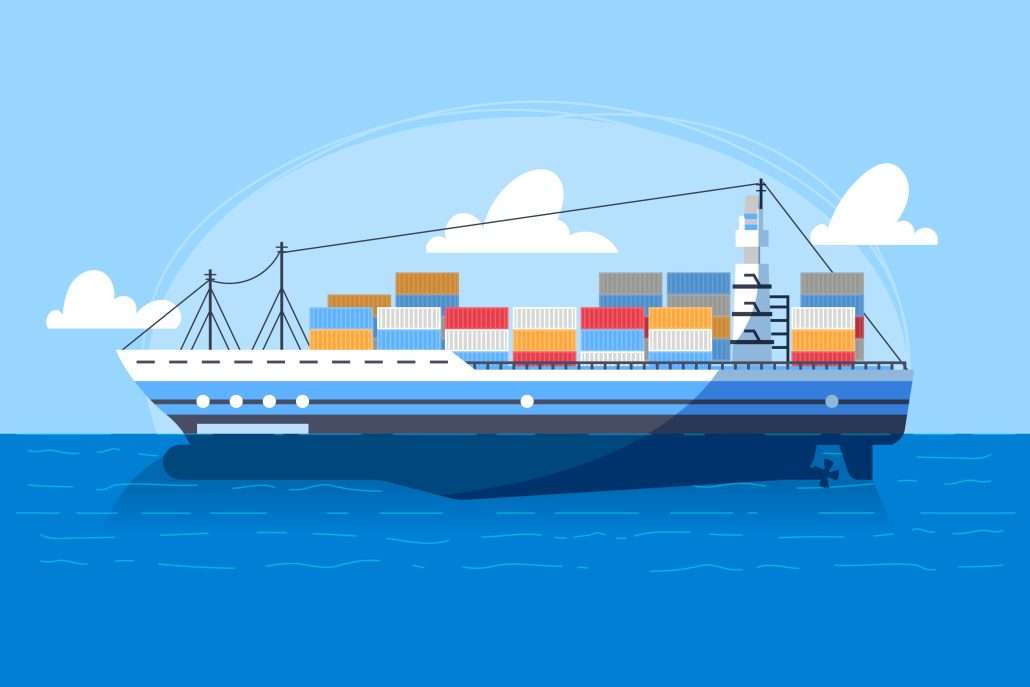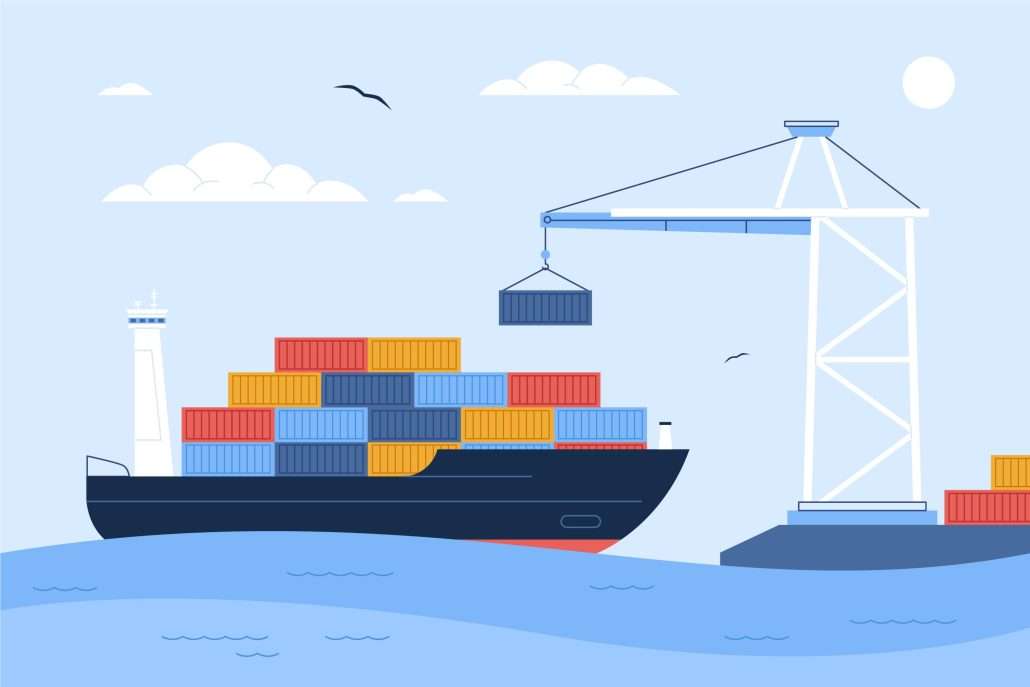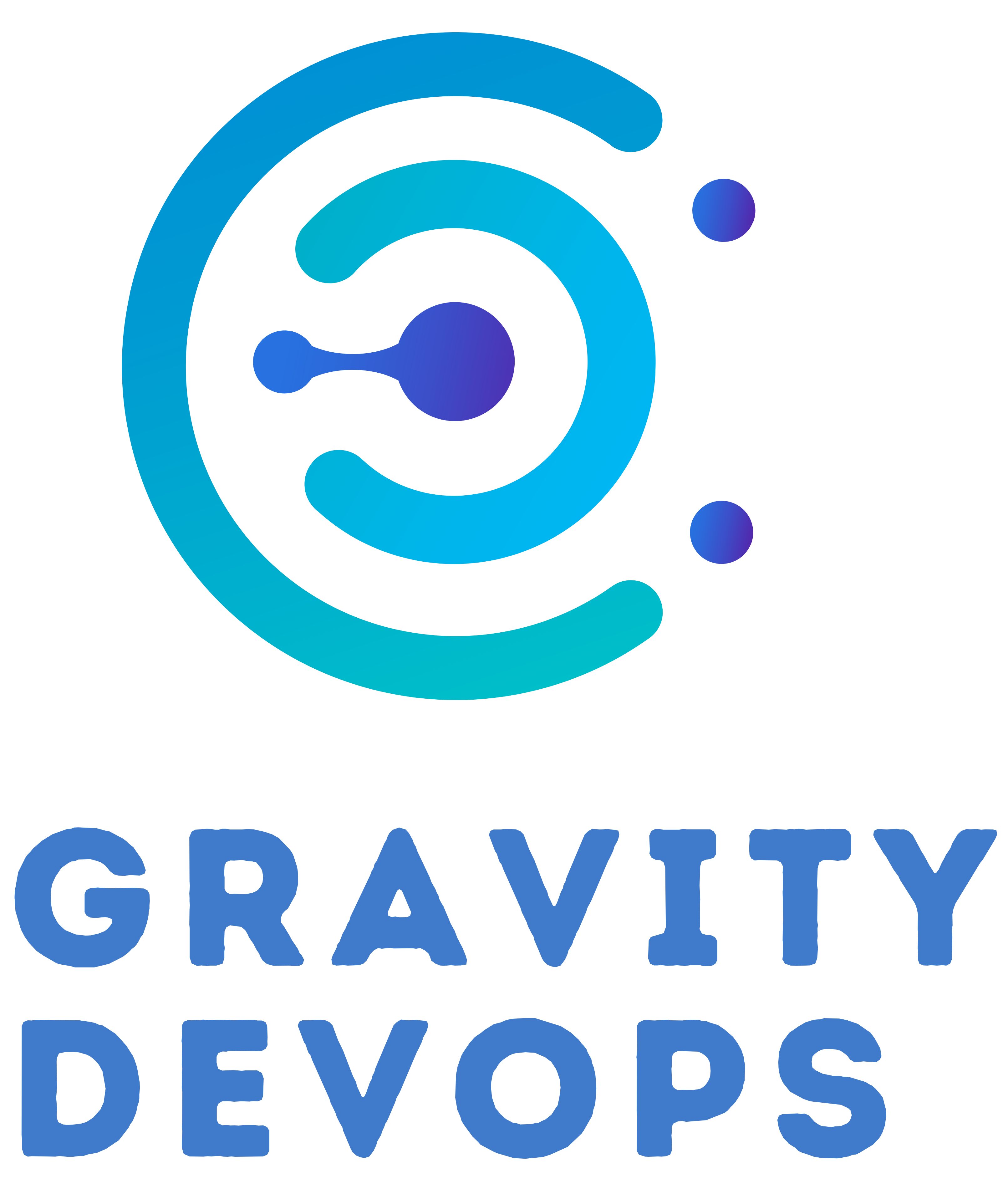Before we dive into the “Top 50 Docker Interview Questions & Answers” article, let’s first take a moment to discuss what Docker is. Docker has revolutionized the way we deploy and manage applications by providing a containerization platform that allows developers to package applications and their dependencies into a single unit called a container. As Docker continues to gain popularity, job interviews for Docker-related positions have become more common. If you’re preparing for a Docker interview, it’s essential to have a solid understanding of the technology and be ready to tackle some tough questions. To help you out, we’ve compiled a list of the top 50 Docker interview questions and their answers:

Docker Basics:
- What is Docker?
Docker is an open-source platform that allows you to automate the deployment, scaling, and management of applications using containers. - What is a Docker container?
A Docker container is a lightweight, standalone executable package that includes everything needed to run an application, including the code, runtime, libraries, and dependencies. - What are the main components of Docker?
Docker consists of three main components: Docker Engine, Docker Images, and Docker Containers. - What is Docker Engine?
Docker Engine is the core component of Docker responsible for building, running, and managing Docker containers. - What is a Docker image?
A Docker image is a read-only template used to create Docker containers. It contains the application and all its dependencies. - What is the difference between a Docker image and a Docker container?
A Docker image is a template used to create containers, whereas a Docker container is a running instance of a Docker image. - How do you create a Docker container from an image?
You create a Docker container by using thedocker runcommand followed by the image name. - How can you list all the Docker containers running on a system?
Use the commanddocker psto list all running containers ordocker ps -ato list all containers, including the stopped ones. - What is the significance of the
-dflag when running a Docker container?
The-dflag stands for “detached mode,” and it allows the container to run in the background. - How can you remove a Docker container?
To remove a Docker container, use thedocker rm <container_id>command. - How can you remove a Docker image?
To remove a Docker image, use thedocker rmi <image_id>command.
Docker Networking:
- What is Docker networking?
Docker networking allows containers to communicate with each other and with external networks. - How does Docker networking work?
Docker networking creates virtual networks for containers to connect, and each container gets a unique IP address within the network. - What is the default network driver used by Docker?
The default network driver isbridge. - What is the difference between
hostandbridgenetwork drivers?
When using thehostnetwork driver, the container shares the host’s network stack, while thebridgenetwork driver creates an isolated network for the container. - How can you create a custom Docker network?
You can create a custom Docker network using thedocker network createcommand. - What is the significance of the
--linkflag in Docker networking?
The--linkflag is used to link two containers together, allowing them to communicate via network aliases. - How can you inspect Docker networks?
You can use thedocker network inspect <network_id>command to view information about a Docker network. - How can you attach a Docker container to a specific network?
Use thedocker network connect <network_id> <container_id>command to attach a container to a network.

Docker Volumes:
- What are Docker volumes?
Docker volumes are directories or file systems shared between the host and the container or among multiple containers. - Why do we use Docker volumes?
Docker volumes allow data to persist even after a container is stopped or deleted, ensuring data durability. - How can you create a Docker volume?
You can create a Docker volume using thedocker volume createcommand. - How can you list all Docker volumes?
To list all Docker volumes, use thedocker volume lscommand. - How can you mount a Docker volume to a container?
Use thedocker run -v <volume_name>:<container_path>command to mount a volume to a container. - How can you remove a Docker volume?
To remove a Docker volume, use thedocker volume rm <volume_name>command.

Docker Compose:
- What is Docker Compose?
Docker Compose is a tool for defining and running multi-container Docker applications using a YAML file. - What is the purpose of a
docker-compose.ymlfile?
Thedocker-compose.ymlfile defines the services, networks, and volumes for a multi-container application. - How can you start a Docker Compose application?
Use thedocker-compose upcommand to start the application defined in thedocker-compose.ymlfile. - How can you stop a Docker Compose application?
Thedocker-compose downcommand stops and removes the containers, networks, and volumes defined in thedocker-compose.ymlfile. - How can you scale services in a Docker Compose application?
Thedocker-compose up --scale <service_name>=<desired_instances>command allows you to scale a service to the desired number of instances.
Dockerfile and Image Management:
- What is a Dockerfile?
A Dockerfile is a text file containing instructions to build a Docker image. - What is the
FROMinstruction in a Dockerfile?
TheFROMinstruction specifies the base image for the Docker image being built. - How do you build a Docker image from a Dockerfile?
Use thedocker build -t <image_name>:<tag> <path_to_dockerfile>command to build a Docker image. - How can you push a Docker image to Docker Hub?
First, tag the image usingdocker tag <image_id> <dockerhub_username>/<image_name>:<tag>, then usedocker push <dockerhub_username>/<image_name>:<tag>. - What is the purpose of the
.dockerignorefile?
The.dockerignorefile specifies which files and directories should be excluded from the Docker image build context. - How can you inspect the layers of a Docker image?
You can use thedocker history <image_name>command to see the layers that make up an image.
Docker Security:
- What are Docker security best practices?
Docker security best practices include using official images, scanning for vulnerabilities, and using user namespaces, among others. - What is Docker Content Trust?
Docker Content Trust is a feature that ensures the integrity and authenticity of Docker images by verifying their signatures. - How can you enable Docker Content Trust?
Set the environment variableDOCKER_CONTENT_TRUSTto1before running Docker commands. - **What is Docker Swarm?**
Docker Swarm is Docker’s native clustering and orchestration solution for managing multiple containers across multiple hosts. - What is the difference between Docker Swarm and Kubernetes?
Docker Swarm is more straightforward to set up and use, while Kubernetes offers more extensive features and scalability.
Docker Troubleshooting:
- How can you view the logs of a Docker container?
Use thedocker logs <container_id>command to view the logs of a running container. - What is the difference between
ENTRYPOINTandCMDin a Dockerfile?ENTRYPOINTsets the default executable for the image, whileCMDspecifies the default arguments for the executable. - What should you do if a container fails to start?
First, check the container logs usingdocker logs <container_id>. If that doesn’t help, review the Dockerfile and verify the dependencies.
Docker Miscellaneous:
- What is the significance of the
-itflag when running a Docker container?
The-itflag allocates a pseudo-TTY and allows you to interact with the container using the terminal. - How can you update a Docker image?
You need to rebuild the image with the updated code or configurations and then push it to the registry. - How can you set environment variables in a Docker container?
You can set environment variables using the-eflag with thedocker runcommand or in the Dockerfile using theENVinstruction. - What is Docker Machine?
Docker Machine is a tool used to install Docker Engine on virtual hosts. - How can you upgrade Docker Compose to the latest version?
Run the commandpip install --upgrade docker-composeto upgrade Docker Compose. - What are the common Dockerfile best practices?
Some common Dockerfile best practices include using minimal base images, combining commands to minimize layers, and cleaning up unnecessary files.
Remember, these interview questions are just a starting point to help you prepare for your Docker interview. It’s crucial to delve deeper into Docker’s concepts, explore real-world use cases, and gain hands-on experience to excel in your Docker-related endeavors. Good luck with your Docker interview preparation!



